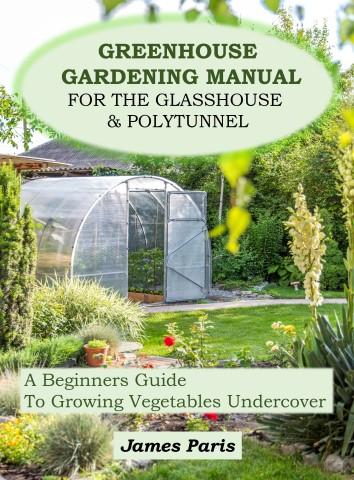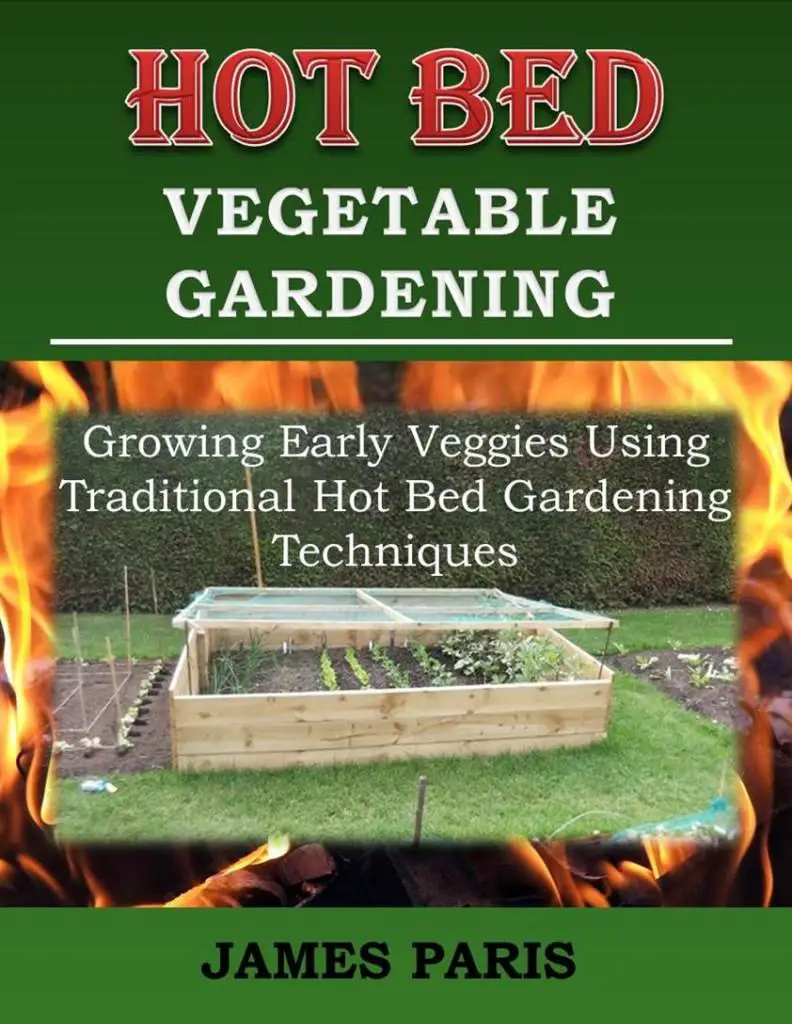What is a Polytunnel?
This is basically a structure made up from metal loops and covered with a layer of polythene. That of course if the basics but as you may expect it gets a lot more complicated that that with thermal and solar polythene options and varies in size fro a small basic tunnel to huge affairs that sometimes farmers use to protect cattle from the worst of the winter weather!
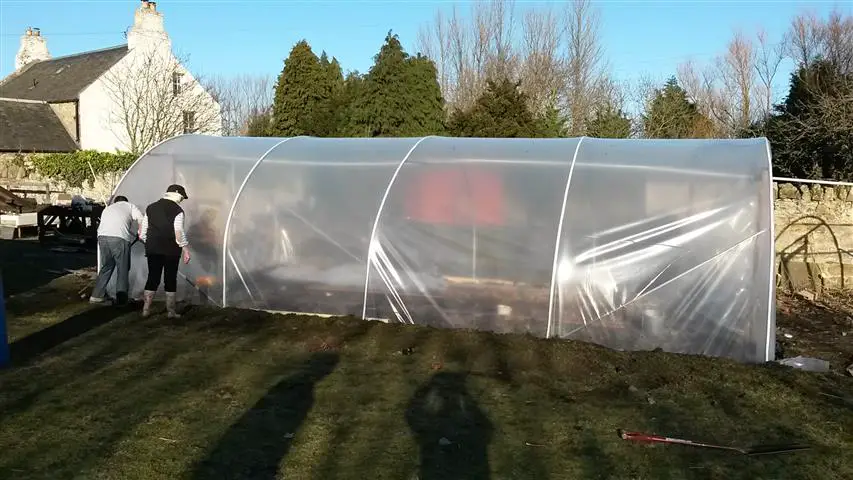
Some say that a Polytunnel is the ‘poor mans greenhouse’ be that as it may, the fact is that this design is relatively cheap, versatile, and can grow a huge range of vegetables throughout most of the year.
But apart from that it has 1 big advantage over a traditional greenhouse – you cannot break the glass in a Polytunnel!
I have in fact 2 fairly large tunnels (about 30 foot long each) and only 1 of them is covered with polythene. The other is covered with butterfly net!
So why do I cover a 30 foot tunnel with netting? Simply this – I plant brassicas in this tunnel, that is cabbages, broccoli, cauliflower etc. These are all vegetables that are ravaged by the great white cabbage butterfly – or at least the blessed caterpillars!
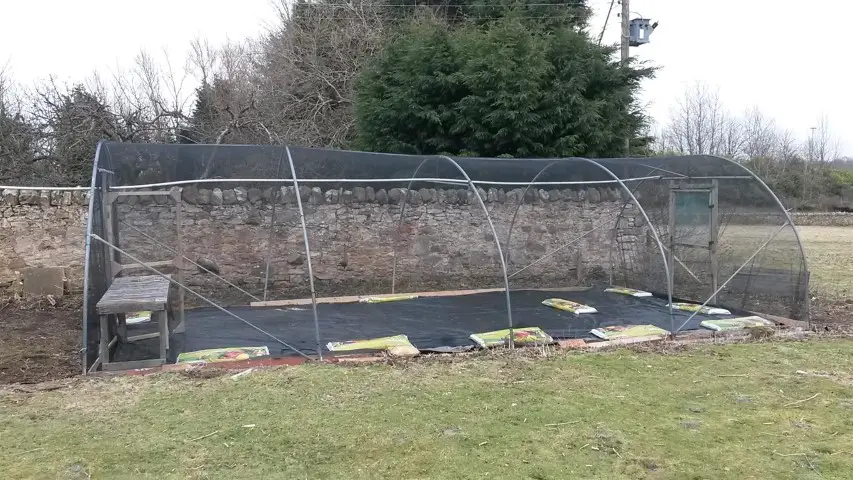
This gives me the great luxury of being able to walk around under my netting without breaking my back, and I never have to worry about caterpillars munching their way through my cabbages.
Worse than that is the tiny green caterpillars getting lost amongst the florets of broccoli – only to come creeping back out on the kitchen prep table, or worse!
So anyway I hope that is a good defence for the humble Polytunnel, now I can go on to show some examples of what I have grown in my own.
What to grow in a polytunnel
This is of course a question best answered by yourself, because it will vary according to where in the world you live. How long is your growing season. What is your hottest or coldest days etc.
As a general rule of thumb though I would say this. If you normal temperature is too cool to grow plants outside, then the chance is that you can grow this plant in a polytunnel.
As an example. I live in Scotland where the average temperature is just not warm enough during the daytime, and too cold during the night, resulting in a dying tomato plant..
There are of course exceptions to the general rule. If you have a south-facing sheltered garden wall you may have some success with a few tomatoes, but don’t expect anything dramatic!
In my own polytunnel over the last few years I have grown a range of Tomato plants including the cherry tomato ‘Sungold’ the heritage ‘Super Marmande’ and the Hybrid ‘Gigantomo’ which still remains my favourite.
Other veggies grown in the polytunnel include cucumbers, apple and lemon cucumber, courgette, carrot, parsnip, hot and sweet peppers, eggplant, pumpkin, squash.
Out of them all the 2 veggies that really surprised me were the carrots and parsnips. Generally a cold weather vegetable they actually thrived in the polytunnel this year – something which I must admit I am at a loss to explain.
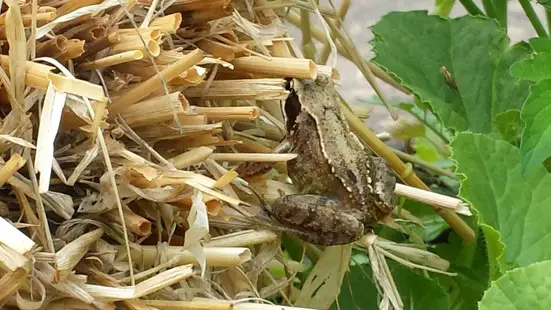
Theory goes that you can only grow these veg in a tunnel at the very beginning or the end of the season when the weather is cooler other wise they will just shoot and become inedible – but I’m still picking carrots now that have been growing inside all summer, and it’s November already!
For the record, the carrots and parsnips were grown in 2nd year straw bales which had the depth they needed to grow. It could also be that the straw protected them from the worst of the heat (over 110F on some days) Interesting…
One of life’s many mysteries it seems 🙂
How to grow veggies in a polytunnel
As you may see in the pictures, most of my vegetables and tomato plants (ok I know the tomato is actually a fruit) are grown in Raised Beds or Straw bales.
These beds are not deep, only in fact 6 inches – and placed on a membrane so the roots do not penetrate further.
This breaks all the conventional rules of tomato growing that I have read. But the results speak for themselves. Last year I collected over 250lbs of tomatoes from this tunnel that has only 3 – 4×4 raised Beds and 2 straw bale sections.
Some of the Gigantomo beefsteak toms weighed in at over 2lbs and were delicious and sweet.
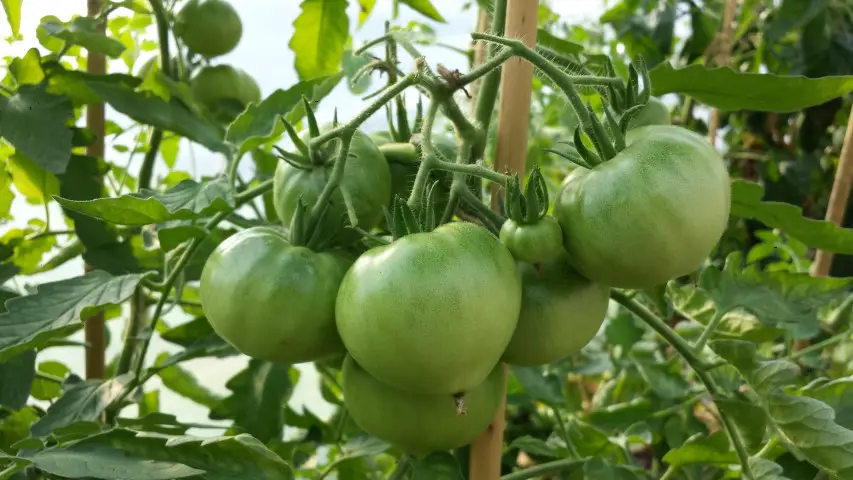
How did I do this? Well basically although the plants did not have a lot of soil depth – or space when there is 9 plants to a 4 x 4 box – they were well fed on a home-made liquid feed made from Russian Comfrey.
This is a simple mix of Comfrey cuttings heaped into a bucket of water and let to infuse for about 3 weeks before use.
Add about 2 inches of this foul-smelling liquid to a watering can, fill with water and feed 2-3 times per week with this mixture.
This is simply how I not only fed the tomatoes, but also the cucumbers, peppers, squash and in fact every other plant in the polytunnel to great effect. More details on how to make your own free organic plant food here.
My conclusion with these results is that although a shallow growing area can lead to a plant being root-bound if there seriously is not enough room, the nutrition that they can absorb just through good feeding (especially tomatoes) makes up for this shallow bed or close planting method.
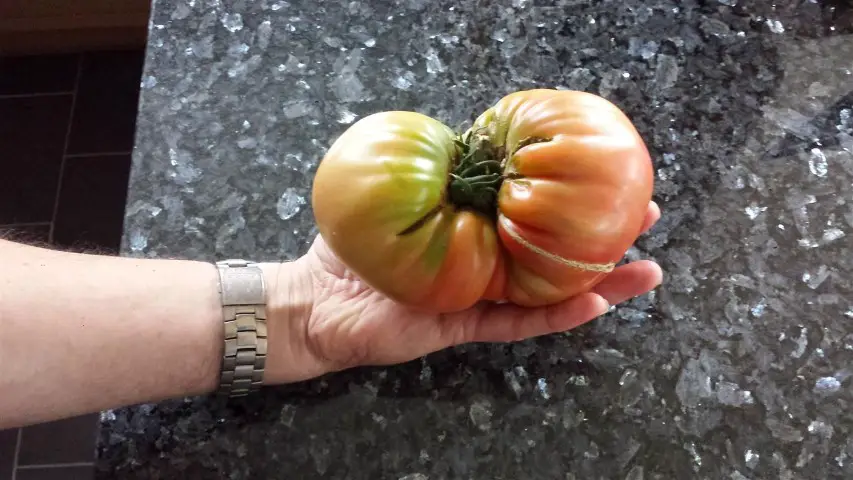
Many will disagree I’m sure, but the results speak for themselves in the tomatoes and other vegetables I have grown using this same method for several years now.
Extending the growing season
Another good reason for using a polytunnel to grow your veggies is that not only do you get better crops overall – it extends the growing season considerably.
A polytunnel allows you to start your planting a good month before you could in the cold outdoors (I’m talking to the Northern climates here), and allows you to continue well after the normal season outdoor has finished.
And there is yet another way you can extend this even further – by using a hot bed gardening technique.
You can use an electric hot bed, or indeed a natural hot bed technique if you have access to fresh manure.
Either way this allows you to begin the season much earlier than you could even dream about if planting straight into the cold ground.
Combining a hot bed gardening technique with a polytunnel or greenhouse really is a ‘marriage made in heaven’ type scenario and allows you to grow an almost unlimited selection of vegetables – even outside the normal climatic or seasonal restraints.

